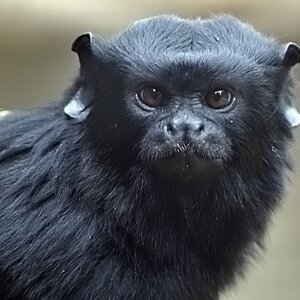blueeyedsuzie
TPF Noob!
- Joined
- Aug 1, 2011
- Messages
- 17
- Reaction score
- 0
- Location
- East Coast USA
- Can others edit my Photos
- Photos NOT OK to edit
Hi,
I want to purchase a macro lens because I do a lot of macro work for flowers. What other lens besides Nikon can I use, and what would the maker and lens type would I need?
I have a Nikon D3100 with lens of AF-S Nikkor 18-55mm 1:3.5-5.6G DX and AF-S Nikkor 55-200mm 1:4-5.6G ED DX
Would I fisheye be good to have?
Sorry if this has been posted elseware....
I want to purchase a macro lens because I do a lot of macro work for flowers. What other lens besides Nikon can I use, and what would the maker and lens type would I need?
I have a Nikon D3100 with lens of AF-S Nikkor 18-55mm 1:3.5-5.6G DX and AF-S Nikkor 55-200mm 1:4-5.6G ED DX
Would I fisheye be good to have?
Sorry if this has been posted elseware....



![[No title]](/data/xfmg/thumbnail/33/33847-620ea3a471c8ec2ae89451f9ee9dcb84.jpg?1619736166)
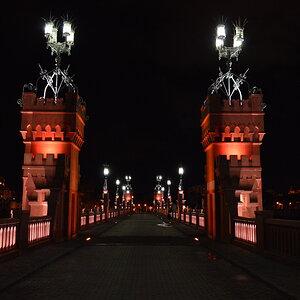

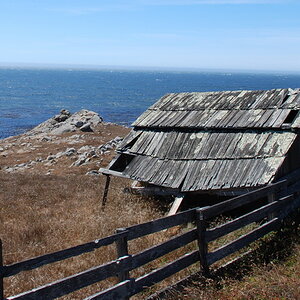
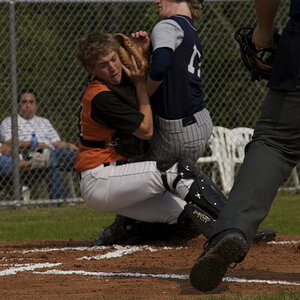

![[No title]](/data/xfmg/thumbnail/37/37632-06d8ff7f84d84f6ac01249ce8885d896.jpg?1619738156)
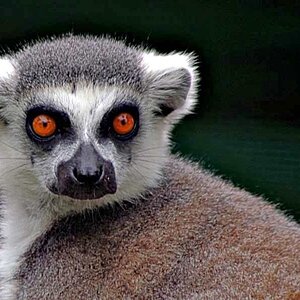
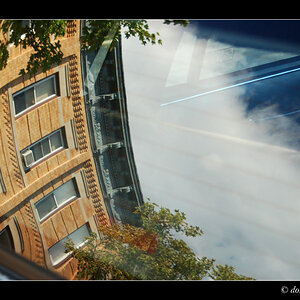
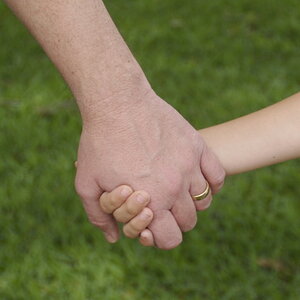
![[No title]](/data/xfmg/thumbnail/37/37609-a1984365804384f841d8245ae7e3b9a7.jpg?1619738149)
